Sony recently held an online information session to detail the camera technology used on its upcoming Xperia 1 II flagship smartphone, according to Japanese tech site MyNavi. The phone is said to be released in Japan towards the end of May, with some reports indicating that a Taiwan release is expected sometime next week.
The report added that Sony is aiming to have the camera system on its new flagship phone to be on par with its Alpha series of cameras in terms of performance. Therefore, it’s unsurprising that the successor to the Xperia 1 has taken some cues from Sony’s camera division in terms of photography features and hardware solutions.
For starters, the Xperia 1 II is the company’s first smartphone to feature a ZEISS lens, which are prominently included in Alpha cameras, as well as its high-end Cybershot series. The handset is also the first to use the German brand’s T* anti-reflective coating technology which reduces glare and ghosting effects.
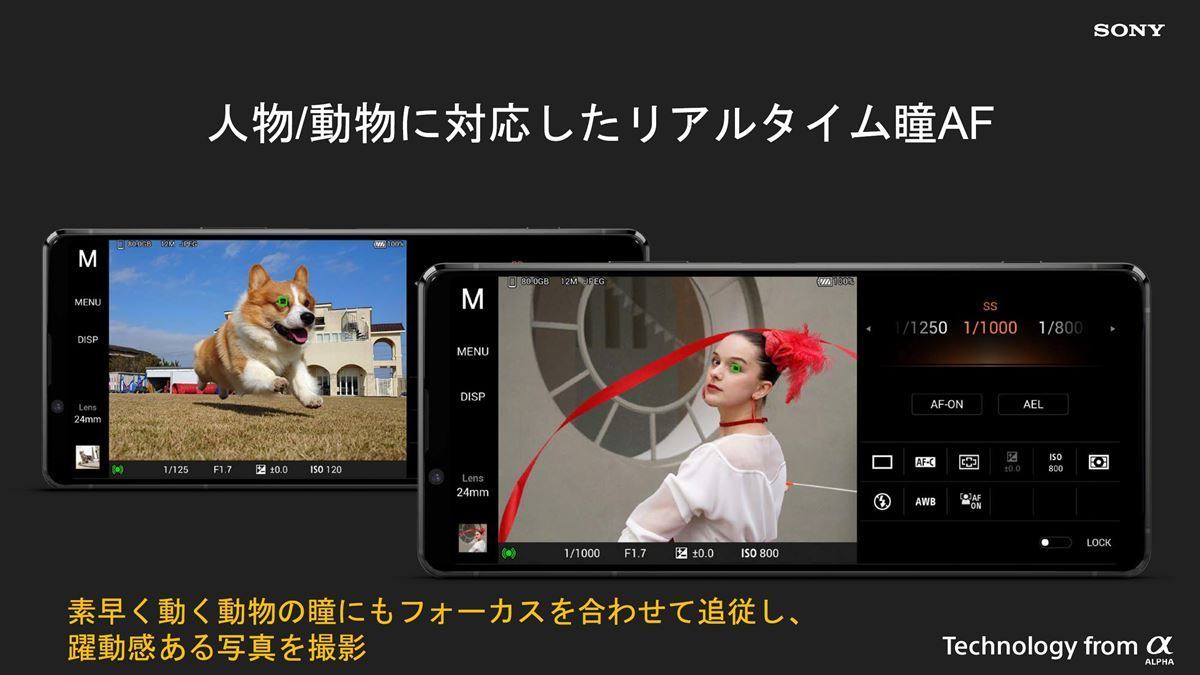
The company explained that the phone will maintain a sensor size of 12MP instead of relying on a larger megapixel count, and even turning down its own 64MP IMX686 sensor. That said, the 12MP sensor equipped on the Xperia 1 II is definitely no slouch. The key camera component comes in at 1/1.7-inches and boasts a pixel size of 1.8µm, thus featuring 50-percent higher sensitivity than its predecessor. Comparatively, the aforementioned IMX686 is only capable of outputting images with a pixel size of 0.8µm.
Another factor to why a smaller megapixel count is favoured is the faster read-out speed, Sony added. When compared to Samsung’s 108MP technology, the company’s smaller sensor allows for a full resolution output at only 10ms, while the former will require 32ms for a 12MP output. Additionally, a 108MP resolution output will require 100ms for a full read-out.
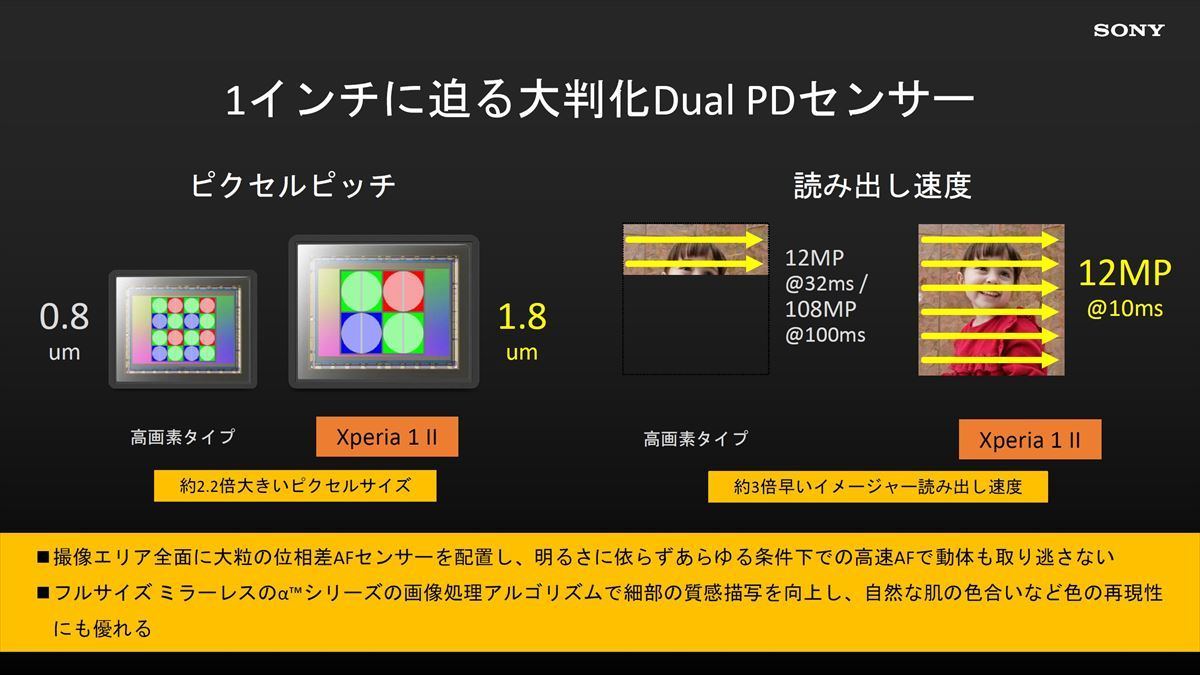
The faster read-out speed enables Sony’s sensor to achieve 20fps of continuous shooting with Automatic Exposure (AE) and Autofocus (AF) active. This is achieved through the sensor’s Dual Pixel autofocus and 3D Time-of-Flight (ToF) sensor which aids the camera to keep track of a subject, while its BIONZ X hardware processes 60 AE/AF calculations per second.
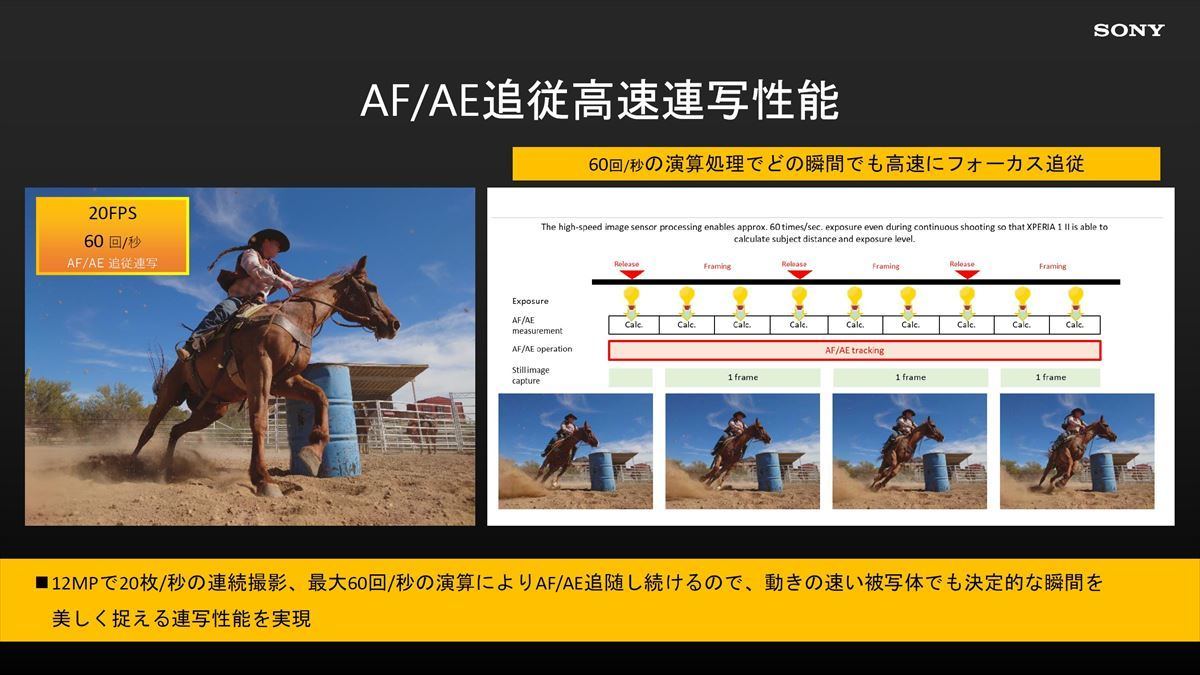
Another returning camera feature from its predecessor is the Eye AF, but with new improvements added for an enhanced experience. On top of the ability to track human eyes, it now can lock onto animal eyes as well. Additionally, the Sony Xperia 1 II also utilises 247 phase detection points and a staggering 43,200 points from the ToF sensor for accurate autofocusing calculations.
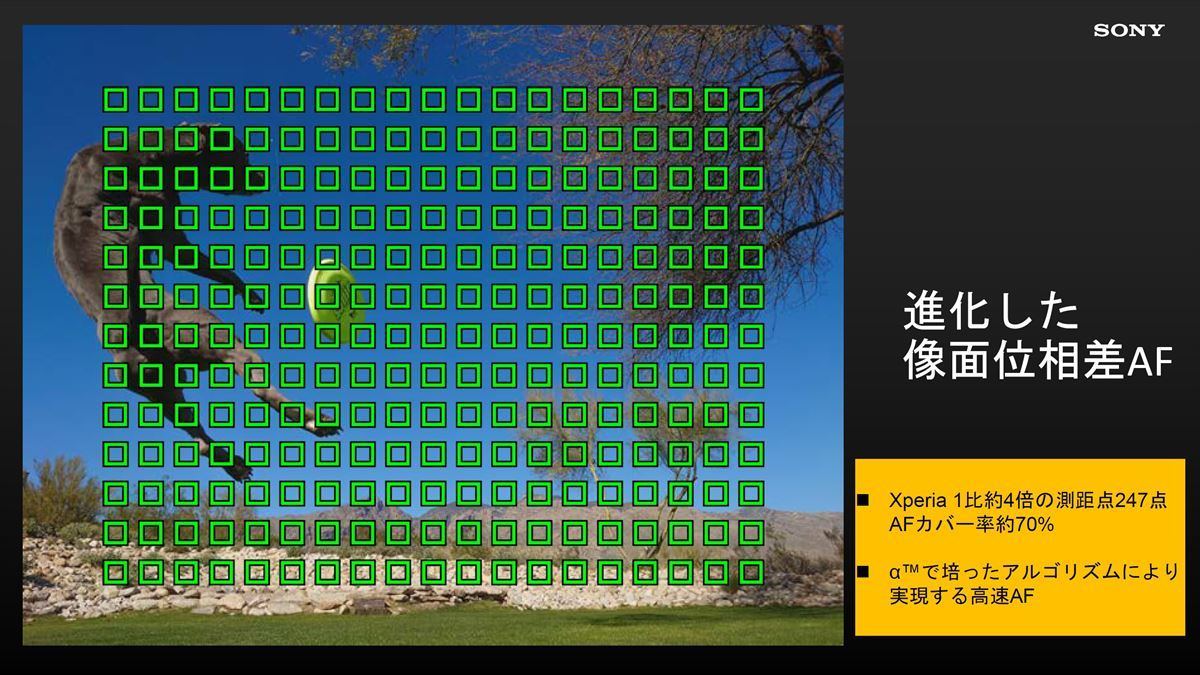
Sony boasts that the phone’s 24mm digital zoom image quality can be compared to a 24-70mm lens on a digital camera. Whereas its 16mm ultra-wide angle lens goes from 16 to 35mm and the 70mm telephoto goes up to 200mm. The company claims that the range of focal lengths provided by the Xperia 1 successor will cover most grounds for mobile photography.
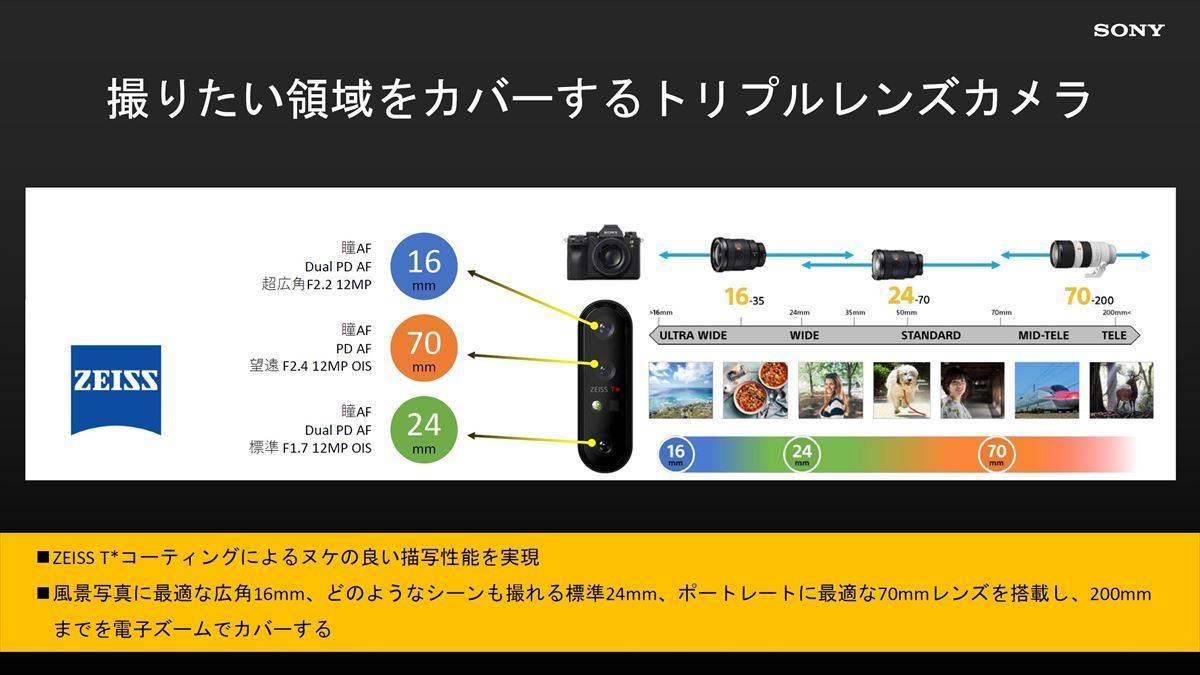
In a move to entice photography enthusiasts, the upcoming smartphone will include the brand’s Photography Pro app. The pre-installed software aims to provide photographers with a wide array of professional manual controls inspired by its mirrorless cameras, including Shutter and Aperture priority modes, among many others.
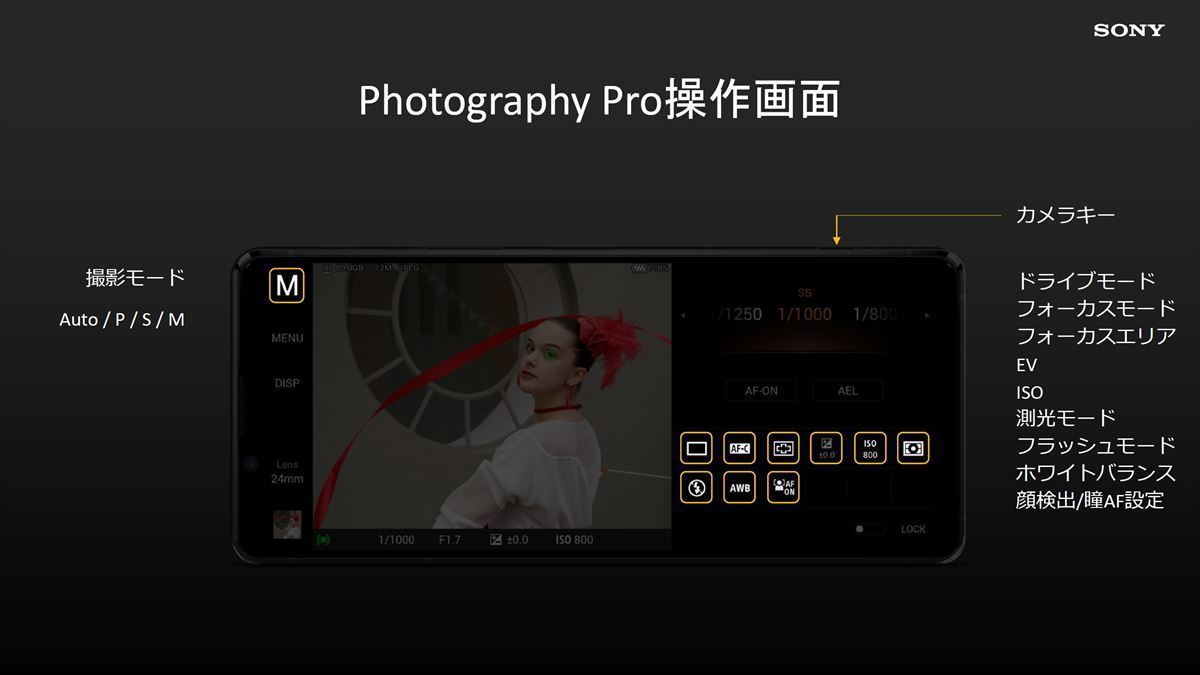
From the report, it appears that Sony is banking on the new Xperia flagship’s camera technology to maintain its relevance in the smartphone market. Whether this would finally see the smartphone brand bounce back to its former glory remains to be seen, at least until when the phone officially launches in the coming weeks.
The company has not announced if the flagship device will be released in Malaysia at this time.
(Source: MyNavi)
Follow us on Instagram, Facebook, Twitter or Telegram for more updates and breaking news.



